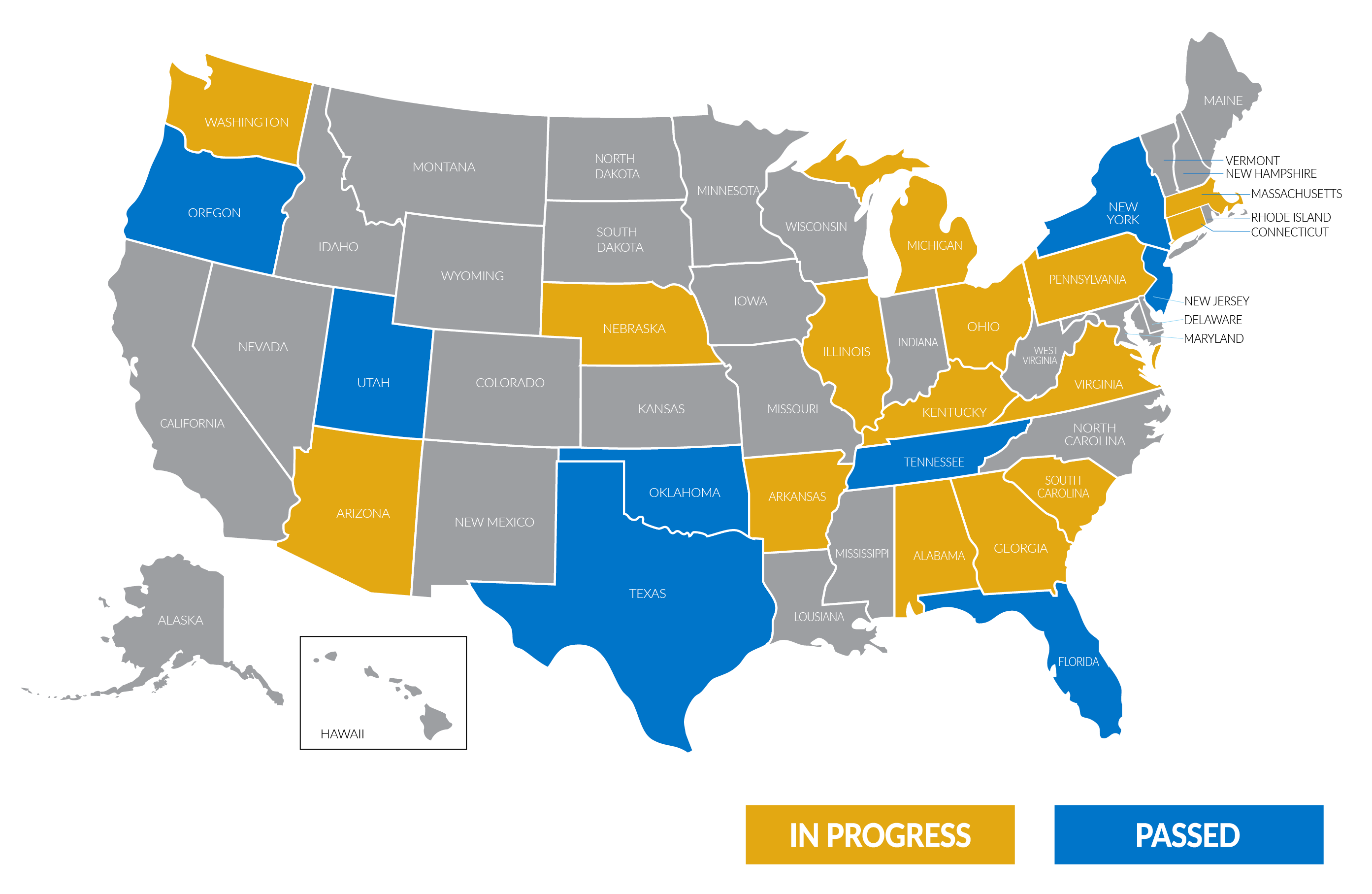Alyssa’s Law Best Practices
What is Alyssa’s Law?
Alyssa’s law is a powerful legislation aimed at improving law enforcement response time during emergencies in public schools. It mandates that all public elementary and secondary schools be equipped with a silent panic button that directly alerts law enforcement. The law is named in honor of Alyssa Alhadeff, who was killed in the Marjory Stoneman Douglas High School shooting. So far, Florida, New Jersey, New York, Oklahoma, Oregon, Tennessee, Texas and Utah have signed it into law, with more states in progress. Since each state adopted its legislation, some details vary from one to the next. However, some parts of the law remain consistent from state to state. Contact us for assistance in making Alyssa’s Law compliant. Or, if you’d like to learn about our five best practices for implementing Alyssa’s Law, keep scrolling or check out our video.
1. Have Multiple Origination Points
Some states implementing Alyssa’s Law require only one silent panic button per school. This is a good start, but since trouble cannot be predicted, it’s better to have them in multiple locations. We suggest placing a panic button in every classroom. This could significantly decrease the time it takes to alert authorities in an emergency.
2. Be Seen, Not Heard
Alyssa’s Law calls for silent panic alarms to minimize escalating a stressful situation. What a silent alarm alone cannot do is alert on-site security personnel and staff when an emergency is in progress. Visual notification devices such as the VL520-F LED sign with integrated flashers placed in the main office can display a message to give the exact location of the pushed panic button. This information can be used to deploy resources to that area quickly or to divert traffic from it. Valcom systems can also send pop-up messages to any computer attached to your school’s network. This can alert staff or faculty of an incident in real-time without the disruption of an audible alarm. Additionally, consider implementing a system that can provide district-level visibility of emergency events, like Valcom VEMASS.
3. Provide Detailed Information
Some states mandate a direct two-way phone conversation with authorities when a panic button is pushed. Others require a repeating, recorded message. Regardless of what your state requires, providing detailed information to authorities is critical to ensure that they can respond to the specific location where help is needed. Be sure that your alerting system can send caller ID or even more granular information like classroom numbers to your designated authorities in an emergency.
4. Send a Clear Message
Suppose your state mandates a repeating, recorded message. In that case, we suggest using a text-to-speech engine to ensure that what authorities hear is a stressless voice in a stressful situation. Text-to-speech messages are always consistent and modified much easier than re-recording a human voice.
5. Choose Experience
When it’s time to implement Alyssa’s Law in your school, Valcom has a proven track record. We’ve helped over 45,000 schools implement alerting and notification solutions to keep students safe, informed, and on schedule. Contact us directly to learn how we can help your school become Alyssa’s Law compliant.
Resources

